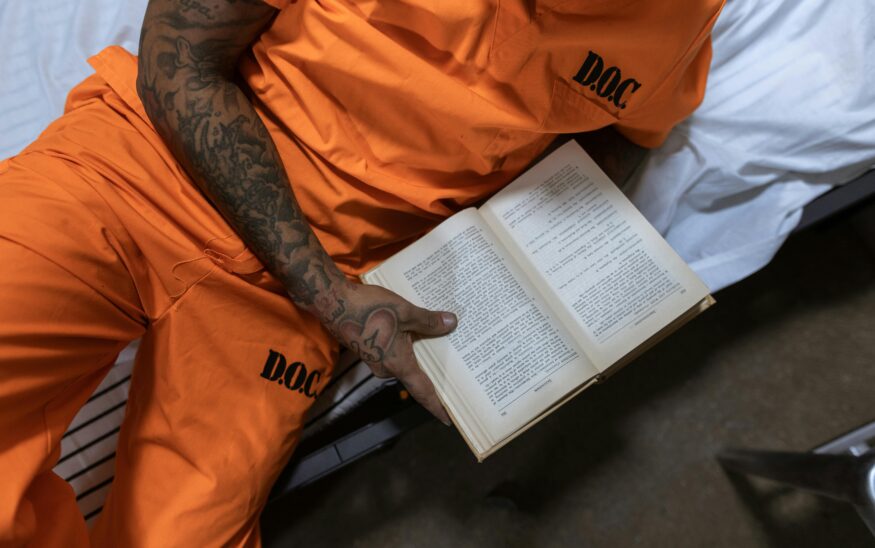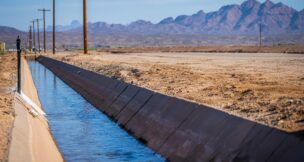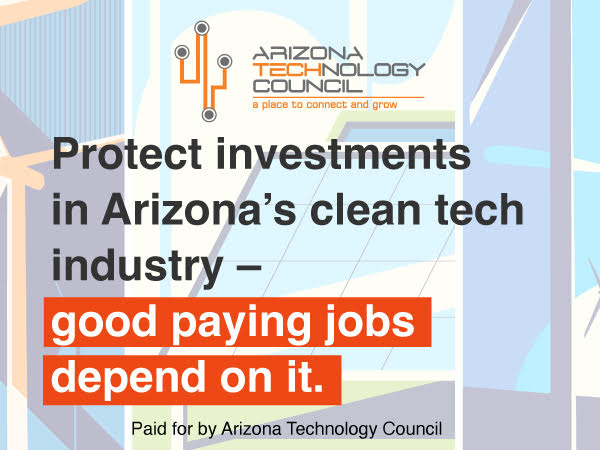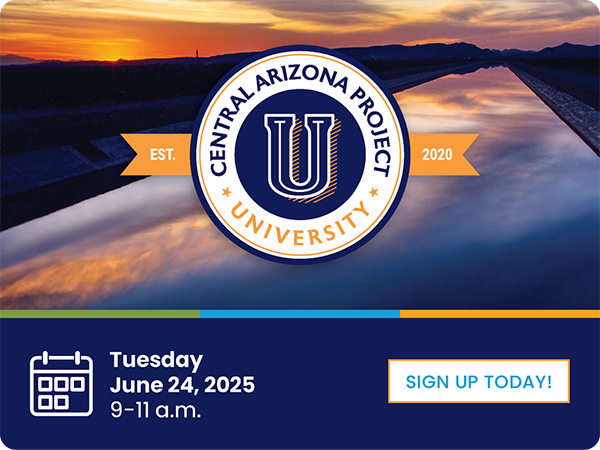Arizona expands educational opportunities in state prisons amid scrutiny
Kiera Riley Arizona Capitol Times//August 31, 2025//
Arizona expands educational opportunities in state prisons amid scrutiny
Kiera Riley Arizona Capitol Times//August 31, 2025//
Key Points:
-
Enrollment grows in Arizona prison education programs, completion dips
-
Multi-agency collaborations target growth in postsecondary, vocational training
-
One university shows promise in growing degree attainment
The Arizona Department of Corrections, Rehabilitation, and Reentry released a list of efforts it made to address heightened legislative scrutiny of state prisons, including its work to expand the ecosystem of educational opportunities available to inmates.
The state carceral system continues to find its footing in regulating and reporting on its education programs, especially as postsecondary and vocational training become the focus of two multi-agency and multi-state collaborations to assess and improve programs currently in place.
The Department of Corrections runs a long list of education programs, starting from functional literacy, to general education development, or GED programs, high school diplomas, career and technical programs and postsecondary degrees.
According to a recent report from the Auditor General’s Office, the department is making some headway in enrollment across the board but has seen a slight increase in noncompletion.
The department enrolled a total of 12,717 inmates in education programs in fiscal year 2024, with 5,531 completions, 6,275 non-completions and a total of 811 participating.
Participation in programming increased from the prior two fiscal years, but completion took a slight dip, with a 2% decrease in the number of program completions and a 15% increase in non-completions, a statistic the auditor general wrote could be “potentially resulting in inmates not receiving programs’ intended benefits.”
As the department continues to increase enrollment in prison education programs, conversations around how to find gaps in access, ensure completion and provide degrees and workforce training into successful reentry have followed — with a specific focus on career training and postsecondary education.
In April, Gov. Katie Hobbs signed an executive order establishing Arizona’s Reentry 2030 program, which focuses on expanding apprenticeship and vocational programs.
In May, the Department of Corrections entered a one-year initiative with the Arizona Board of Regents and the State Higher Education Executive Officers Association, to first assess the current failings in the department’s postsecondary options and then expand access and address pitfalls.
In any postsecondary program, the Department of Corrections serves as a conduit to connect incarcerated learners with the range of education programs currently available.
According to a database prepared by the Alliance for Higher Education in Prison, Arizona has 13 higher education prison programs, housed across public universities, community colleges and private institutions.
One such program, at Ashland University, a private university offering virtual education programming through tablets, got off the ground in Arizona in 2020 through a partnership with the Department of Corrections.
Ashland runs programming at Douglas, Eyman, Lewis, Perryville, Safford and Tucson, offering associate and bachelors degrees in communications, interdisciplinary and multidisciplinary studies and organizational leadership and development.
Shawn Orr, dean of Ashland and senior adviser to the president for non-traditional learning, stated that Ashland has expanded its program to 433 active students. As of the spring of 2025, the university has seen 500 students complete their degrees.
“We aspire to develop the whole person — academically, spiritually and morally — so our students can live productive lives in society,” Orr said.
Orr acknowledged challenges persist in working in an incarcerated environment, including internet restrictions, quiet and dedicated study space and the interruptions that can follow lock downs or facility transfers.
There is also a continued learning curve in regulating a private education program inside prison walls. Ashland University, as a private university, falls under the purview of the Arizona State Board for Private Postsecondary Education.
Kevin LaMountain, executive director of the board, said the board has adapted to comply with the statutory licensing structures in the state.
LaMountain recounted substituting inspections and blueprints with a sketch of where students would participate in educational programs, in-person fire inspections for fire inspection reports, and securing information on compliance with the Americans with Disabilities Act.
All in all, though, he sees the effort as successful, and he hopes for continued efforts across the board to expand postsecondary education programs operating inside prison walls.
“We’ve learned a lot. I think we’re going to learn a lot more going forward,” LaMountain said. “I certainly hope … that more and more institutions would be looking at ways that we can make a better life for an inmate that eventually, hopefully, will get back into society and make a change in their life and in the world.”














































